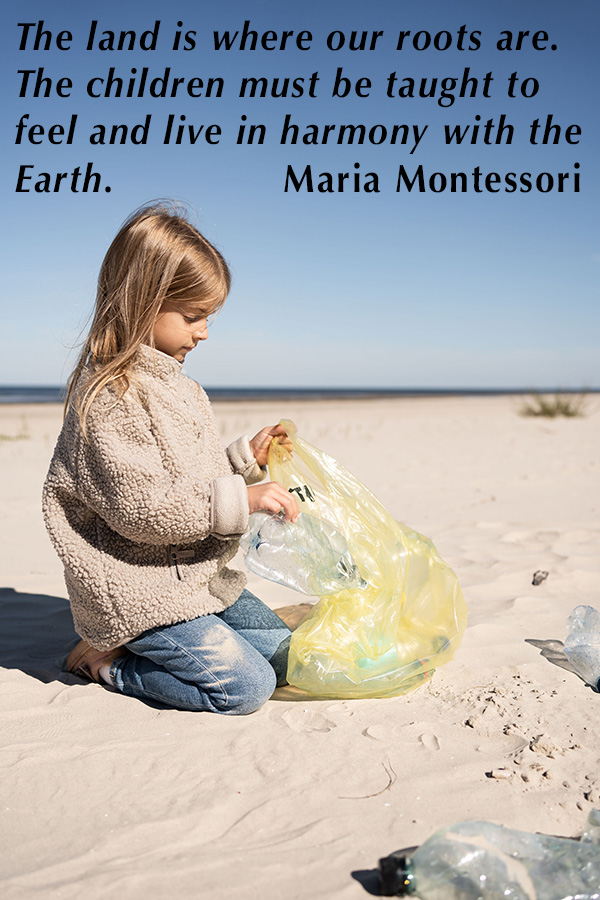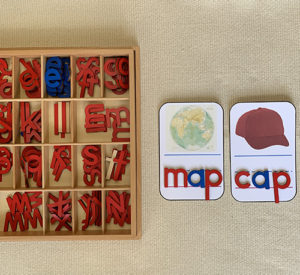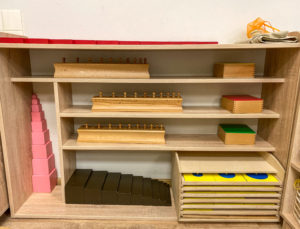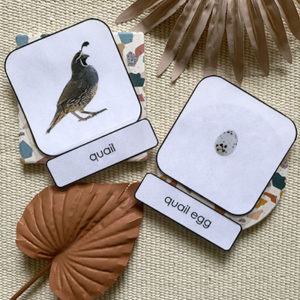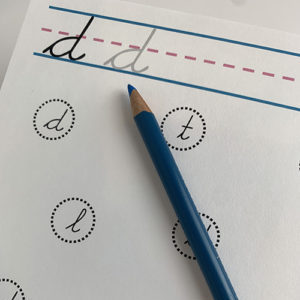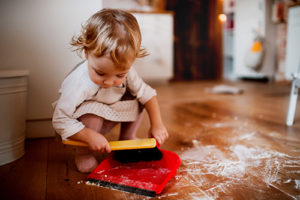Montessori’s Philosophy on Environmental Education
Maria Montessori believed that educating children to care for their environment is crucial for a better world. In “The Secret of Childhood,” she wrote, “The children must be taught to feel and live in harmony with the Earth.” For instance, ideally, a Montessori classroom should have free access to the outdoors.
Additionally, Montessori emphasized protecting the natural world and how all living things are interconnected. In “To Educate the Human Potential,” she wrote, “The child who has felt a strong love for his surroundings and for all living creatures, who has discovered joy and enthusiasm in work, gives us reason
to hope that hu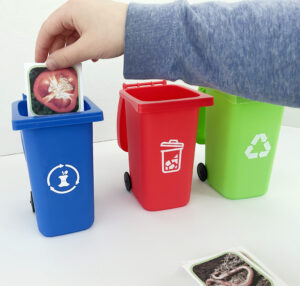 manity can develop in a new direction.” Dr. Montessori believed that children should appreciate nature and take action to protect it.
manity can develop in a new direction.” Dr. Montessori believed that children should appreciate nature and take action to protect it.
The Benefits of Teaching Waste Management to Children
To this end, I created an activity for children to learn how to sort waste into trash, recycling, and composting. Recycling is likely familiar to many kids, but composting may be new. Composting is practical and aligns with Montessori’s philosophy of caring for the environment.
The “Waste Management Sorting Activity for Kids” not only promotes environmental awareness and aligns with Montessori philosophy, but it also serves as an effective tool for teaching children about waste management. Through hands-on sorting activities, children learn the importance of reducing, reusing, and recycling to protect the planet.
This activity helps children develop critical thinking skills by challenging them to sort different materials based on their properties and characteristics. By recognizing the differences between items that can be recycled, composted, or thrown away, children build valuable problem-solving skills that they can apply in real-life situations.
Furthermore, this activity can enhance children’s language and literacy development by introducing new vocabulary words related to waste management, such as “compost,” “landfill,” and “recyclable.” By engaging in discussions about waste reduction and environmental conservation, children can also develop their communication and collaboration skills.
Resources for Teaching Recycling and Composting to Kids
If you want more resources to teach children about recycling and composting I’ve compiled a few helpful links:
- EPA Recycle City – A fun, interactive website for kids to learn about recycling and reducing waste.
- Kids Recycle – An educational website that includes games, videos, and information about recycling and composting.
- Earth911 – An informative website that provides resources on recycling, composting, and other environmental topics.
- Composting for Kids – A guide for kids on how to start a compost bin and the benefits of composting.
- Recycle Now – A UK-based website with resources and activities for kids to learn about recycling.

